This week the NFU launched its campaign to highlight low farmgate milk prices. Consumers have grown accustomed to cheap liquid milk in supermarkets and are unwilling to pay more.
The producers are focusing on the differential between their claimed average retail of 34p per pint and the 9.9p per pint they currently receive.
With farmers claiming average production costs of 11.3p per pint, they paint a very bleak picture. Dairy producers are expected to earn an average of £8,000 for the quota year 1999/2000 a drop of 21% on last year.
The NFU points to the loss of more than 5,000 farms between June 1998 and June 1999. But milk production has not yet slowed down and there is every chance of a substantial superlevy being imposed on farmers this year.
The root of the problem remains the strong pound, reflected in mirror image low intervention rates.
Since processors are negotiating off the Intervention Milk Price Equivalent, or a variant of it, strong sterling has done more to depress market levels than the players in the market.
While farmers refer to "the disproportionate market strength of dairy processors and retailers", the strong pound has been steadily pulling the floor out from under the milk sector.
Since the arrival of the euro as the accounting currency of the Common Agricultural Policy on January 1, 1999, sterling has soared while the euro has dropped to parity with the US dollar.
On the way, this has killed the potential export value of cream (a by-product of liquid milk standardisation), which used to generate steady trade with Germany and France.
The NFU is equally disturbed by the fact there is only one price for milk, regardless of grade. Since the lower price bands were progressively removed by producers' co-operative Milk Marque in a bid to defend price levels, it is strange to hear that farmers now have taken "the lowest common denominator".
l Manufacturing beef, p23
{{PROVISIONS }}
Close menu
- Home
- Retail & Wholesale
-
Products & Suppliers
- Back to parent navigation item
- Products & Suppliers
-
Product Categories:
- Back to parent navigation item
- Product Categories:
- Alcoholic drinks
- Bakery
- Cereals & breakfast
- Cheese
- Chicken & poultry
- Chocolate
- Confectionery
- Crisps, nuts & snacks
- Dairy
- Fish
- Fresh produce
- Frozen
- Household
- Meat
- Own Label
- Sauces & condiments
- Seasonal
- Soft drinks
- Vaping
- Vegan & plant-based
- World foods
- Suppliers
- People
- Reports & Data
-
Topics A-Z
- Back to parent navigation item
- Topics A-Z
-
Popular topics:
- Back to parent navigation item
- Popular topics:
- Cost of living crisis
- Crime
- Deposit Return Schemes
- Finance
- Government & Regulation
- Health
- Inflation
- Loyalty
- Marketing
- Mergers & Acquisitions
- New Product Development
- Sourcing
- Supply chain
- Sustainability & environment
- Technology
- Ultra Processed Foods
- Vaping
- A-Z all topics
- Content by type:
- Events
- Ask iA (beta)
- Subscribe now
Sign in to comment on this article
Not logged in before? Register for FREE guest access today.
You will be able to:
- Read more stories
- Receive daily newsletters
- Comment on stories
Advert









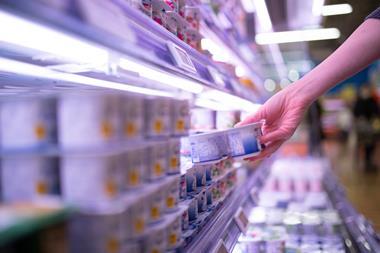
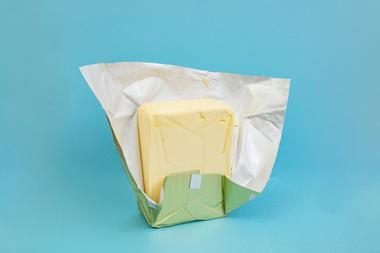
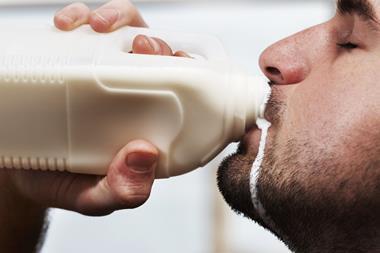


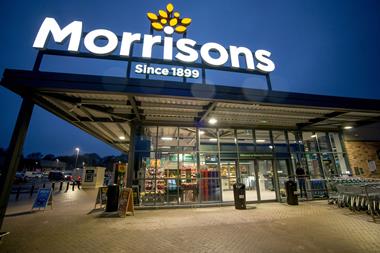
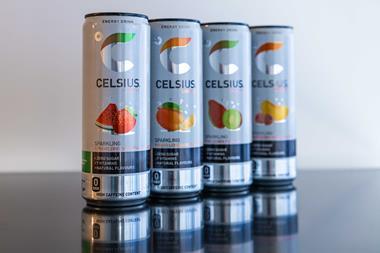

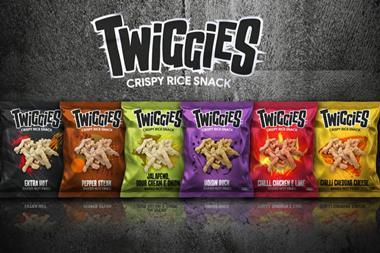

No comments yet